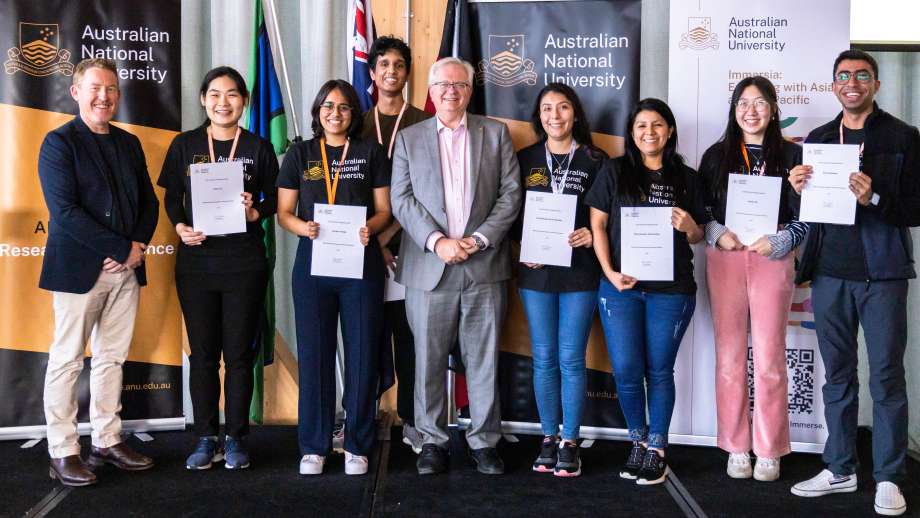RSB Director's Seminar: RSB Futures from the perspective of an evolutionary biologist
Nitrogen emissions contribute significantly to greenhouse gas emissions, eutrophication and loss of biodiversity. It has been a hold-held ambition of the plant science community to replace nitrogen fertilisers with biologically fixed nitrogen, however, so far this has not been released for most crop species because the solution is complicated. This seminar will examine the reasons behind the success of nitrogen fixing symbioses in some plant species, with the aim of highlighting the opportunities for their possible expansion.
Nitrogen fixing symbioses between plants and bacteria are ancient and, while not numerous, are formed in diverse lineages of plants ranging from microalgae to angiosperms. One symbiosis stands out as the most widespread one is that between legumes and rhizobia, leading to the formation of nitrogen-fixing nodules. The legume family is one of the largest and most diverse group of plants and legumes have been used by humans since the beginning of agriculture, both as high nitrogen food, as well as pastures and rotation crops. One open question is whether their ability to form a nitrogen-fixing symbiosis has contributed to legumes’ success, and whether legumes have any unique characteristics that have made them more diverse and widespread than other groups of plants.
This seminar will examine the evolutionary journey that has led to the diversification of legumes, in particular its nitrogen-fixing symbiosis, and asks four questions to investigate which legume traits might have contributed to their success: 1. In what ways do legumes differ from other plant groups that have evolved nitrogen-fixing symbioses? 2. Could certain unique features of legumes be a reason for their success? 3. If nitrogen fixation was a reason for such a success, why have some species lost the symbiosis? 4. What can we learn from the unique traits of legumes for future crop improvements? While exploiting some of the physiological properties of legumes could be used to improve legume breeding, our increasing molecular understanding of the essential regulators of root nodule symbioses raise hope of creating new nitrogen fixing symbioses in other crop species to reduce nitrogen fertiliser use.
Dr Ulrike Mathesius received her Dipl. Biol. (BSc Hons) at the Technical University of Darmstadt in Germany in 1995. She carried out her PhD at the Research School of Biological Sciences at ANU between 1996-1999, which focused on the symbiosis between rhizobia and legumes. This was followed by post doctoral research at RSBS in the area of plant proteomics between 1999 and 2001. In 2002 she moved to the School of Biochemistry and Molecular Biology with a Post Doctoral Fellowship from the Australian Research Council. Ulrike then held an ARC Research Fellowship (2005-2010) and an ARC Future Fellow (2011-2015) working on the developmental regulation of nodulation, parasitic gall development and lateral root formation in legumes. She is currently a Professor in the Division of Plant Science.
Location
RN Robertson Building (46)
ACT
Acton
2601
Speakers
- Professor Craig Moritz, Director of the Research School of Biology
Contact
- Vienna Harkness+61612555070



